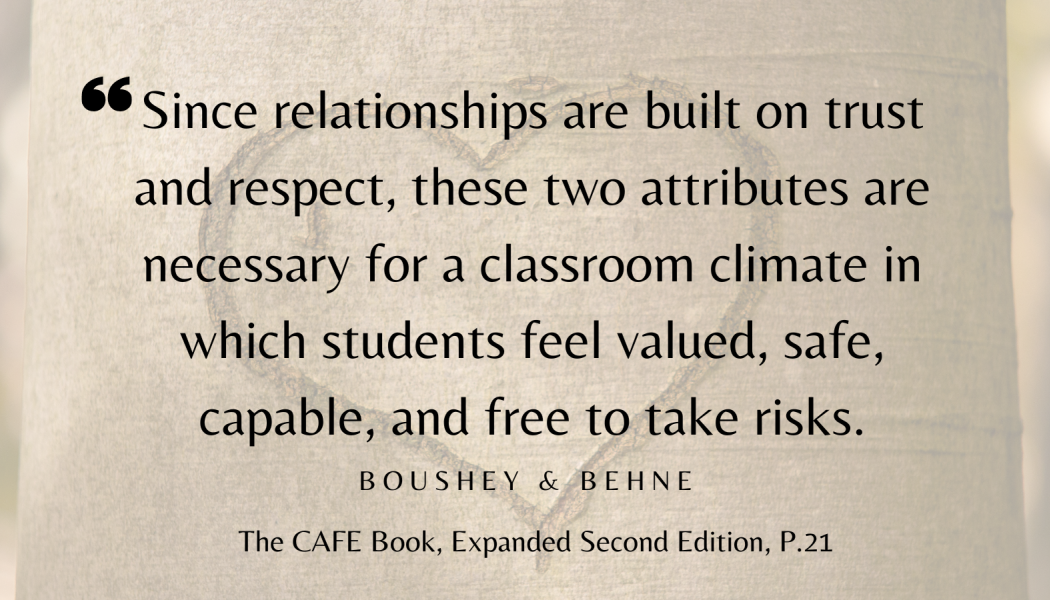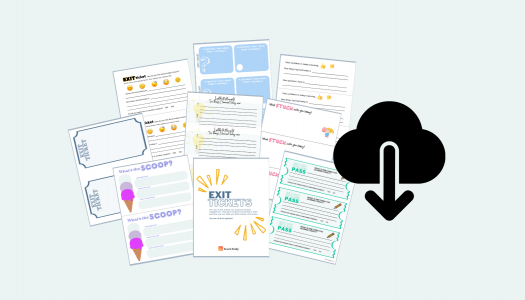
Allison Behne
Miles joined my kindergarten class on a Monday morning, midyear. The principal walked him down to the classroom and announced his arrival to the class and me simultaneously. As Miles entered the room, the other children turned to look with curious eyes and a bit of excitement.
After a warm greeting and a flurry of chatter, Miles sat in the gathering area with his eyes directed at the floor, as if he feared his new surroundings. He was shy and withdrawn, and his reluctance to join the new environment was evident. The day continued much like any other as Miles observed his new surroundings and quietly worked to make it through.
The following day, Miles entered the room on his own, put his things away, and went to his seat quietly. His communication the first few days consisted mostly of a quiet nod or a smile, which might be considered normal for anyone in his situation.
In the days after his arrival, his new classmates continued to welcome him by including him in games, stories, and play. I recognized Miles’ reserved demeanor, and used various strategies to help him feel at ease. I tried encouraging him through art, story, laughter, and other relationship-building activities. Slowly, Miles began to speak more and become more expressive in his actions. By the end of the week, Miles fit in with the class as though he had been there from the start of the year.
During his second week of attendance, our school received his file from his previous school. In the folder was an Individualized Education Plan for Miles labeling him a selective mute. Apparently, Miles hadn’t spoken since the beginning of the year in his previous classroom. Notes said that he spoke very little at home, providing one-word answers if necessary, and not at all during school. Yet, in one week at our school, Miles had become a regular part of the class, making friends and engaging in everyday kindergarten activities. My colleagues who worked with Miles and I could not believe what we read! It was as if the Miles in the file was a different child from the one we knew.
Throughout the year, Miles actively participated in class activities, made new friends, and even volunteered to lead the class in show-and-tell. His mother believes it was the unwavering support, understanding, and love that he received from his teachers and classmates that helped him find his voice. In the embrace of a community where he felt safe and cared for, he was able to let go of what held him back.
I know there are many similar stories where teachers change a child’s trajectory by intentionally developing relationships. Some days it helps to hear a story, or reflect on an experience, to help remind and motivate us to continually work to cultivate relationships with our students and colleagues.
What does this story bring to mind for you? Did a relationship you formed in your school years make a difference to you? Have you formed a relationship with a student that has changed their trajectory? Do you have a tried-and-true relationship-building practice to share?
I will let you in on a secret. --> Gail and I are in the process of writing a new book and would love to hear your thoughts, stories, and advice around relationships. Share with us here.
News From The Daily CAFE
March Bookmarks
Exit Tickets
Read Texts that are a Good Fit: Kid Teacher









